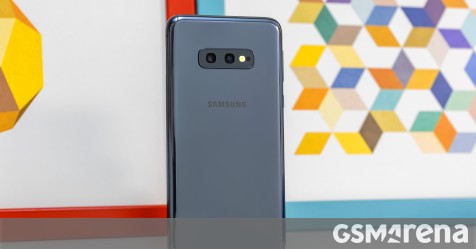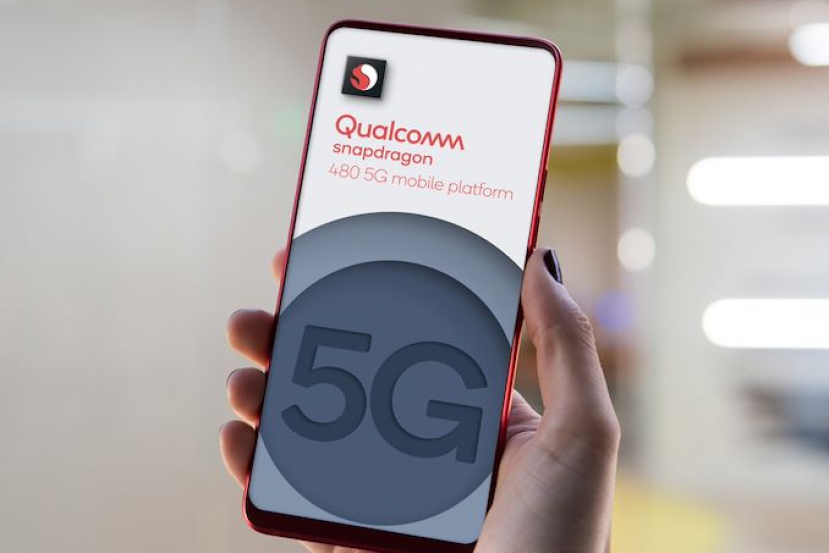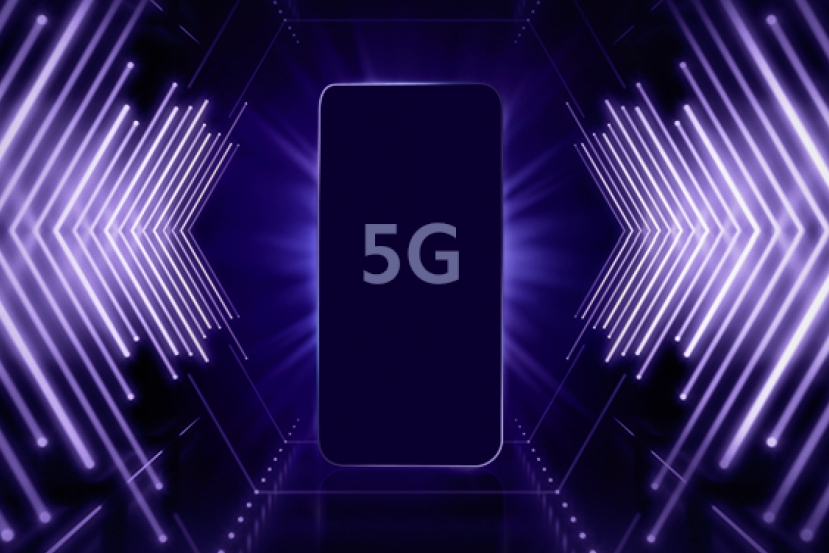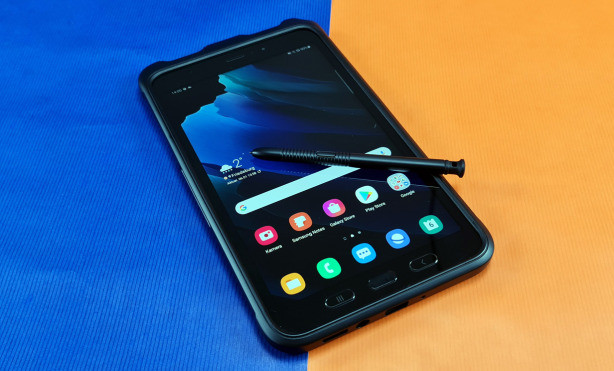Testing Tests overview Smartphone Huawei P Smart 2021: Budget model with room for improvement Asus Zenfone 7 Pro: Turbo smartphone with flip camera Samsung Galaxy Xcover Pro in the test: hard but slow Oneplus Nord N 10 5G in the test : Gallop in price Oppo Find X2 Pro in the test: performance bargain Asus ROG Phone 3 in the test: Perfect gaming smartphone LG Wing in the test: 1 , 5 displays and gimbal cam Smartwatch Oppo Watch in the test : Great AMOLED Smartwatch from 240 € Samsung Galaxy Watch 3 in the test: competition for Apple? Huawei Watch GT 2 Pro in the test: Smartwatch with cross-country battery Apple Watch: Smartwatch with contract from 15 € per month Buy Apple Watch 6: All generations in the price check Skagen Falster 3 in the test: Smartwatch with Wear OS test Huawei Watch GT 2: Noble fitness tracker in watch form Multiroom Ikea Symfonisk in the test: Sonos loudspeakers under 100 Euro Bose Portable Home Speaker in the test: battery, WLAN, Airplay 2 Sonos Move in the test: The robust all-rounder Musiccast: Multiroom from Yamaha in the test Denon Heos in the test: versatile Multiroom system Flat soundbar Teufel Sounddeck Streaming in the test Teufel Raumfeld in the test: rich multiroom sound Keyfinder Tile Slim (2019): key finder in Credit card format Bluetooth key finder Tile Pro in the test: 122 m range! Key finder Tile Pro in the test: the range champion Orbit Bluetooth tracker in the test: looking for wallet and keys Nonda iHere 3.0: smart key finder under test Chipolo Classic and Plus: Bluetooth key finder under test Musegear finder 2: Keyfinder without mandatory registration Action-Cam DJI Pocket 2 in the test: Zoom and 64 – Megapixel sensor Actioncam Insta 360 One R: 1-inch image sensor in the test Gopro Hero 8 Black in the test: Back to the top Insta 360 One R in the test: The modular action cam Motorola Moto G8 Plus test: Great smartphone, but … Insta 360 Go: Micro-GoPro in the test Motorola One Action Test: Good hardware, bad camera microSD In the test: Kingston UHS-I U3 microSDXC Kit MicroSD card for smartphone: Samsung Evo Plus 2017 Test report: Lexar Professional 1800 x microSDXC Kit Test report: Intenso Premium microSDXC card with 64 GByte Android Sonos Move in the test: The robust all-rounder Honor 20: Inexpensive high-end smartphone in the test Xiaomi Mi 9: Top technology at a bargain price Doogee S 87 in the test: modular outdoor smartphone ZTE Axon 10 Pro in the test: high-end phone at a competitive price Motorola Moto G7 Power in the test: big one Battery, low price Sony Xperia 10: smartphone with 21: 9 display in the test Counselor Advisor overview Purchase advice The right cordless screwdriver for the home workshop Bargain: Which Fire TV Stick from 19 € is the right one? Purchase advice: What good is a leaf blower with a battery for 45 Euro? True wireless headphones: How much do you have to invest? Buying advice water cooling: High -End PCs cool better Adviser: Air conditioning and fan against the heat wave Sony shows the Xperia 1: Is the predecessor XZ3 worth it now? Practice Caution, money away: Kickstarter & Co. are not shops Turn off Android notifications from annoying apps Here’s how: New Android keyboard Install L now Tip: Use “Ok Google everywhere” in Germany In the test: Does the jailbreak work for iOS 7.1? Goderma and mobile medicine: The doctors apps are coming! Instructions: Jailbreak for iOS 7 on iPhone 5S, 5, 4S and 4 Technology Importing technology from China, part 2: Customs, taxes and tricks Drones & copters: From toys to FPV racers What does the end of an ecosystem mean? Smartphones with a flexible display: What’s in it for me? Overview of smartphone processors: everything Snapdragon? Evolutionary dead ends: the very worst mobile phones mpass: Pay with the NFC mobile phone – or the NFC toilet roll Display calculator Calculate pixel density, number and display proportion Best list Test winner Price comparison Price comparison overview Smartphones from Android 7.0 Phablets with stylus Fitness tracker with GPS Bluetooth headphones with ANR Drones with GPS Video TechStage Test Samsung Galaxy Tab Active 3 in the test: waterproof and hard start design Display Camera Equipment Battery Price Conclusion Comments from Stefan // 06. 01. 2021 15: 00 Clock
There are not many outdoor smartphones , with tablets the selection continues to shrink. One of the few models is the Samsung Galaxy Tab Active 3, which looks like an oversized first-generation Note smartphone.
Around 500 The Samsung Galaxy Tab Active 3 costs at the time of the test, but it looks with his removable back and the whole design look like an oversized Samsung Galaxy Note – and that is now almost 10 Year old. The reason is clear: The Tab Active 3 wants to be a real outdoor tablet and is according to military standard MIL-STD – 810 H against falls from up to 1.5 meters and against penetrating water and dust according to IP 68 – hardly any other tablet offers that. There does not seem to be a sufficient market for this, which is why Samsung primarily offers the device as an Enterprise Edition and wants to appeal to companies and companies with it. Is the extraordinary tablet still worthwhile for private individuals?
Design It has already been indicated: The Samsung Galaxy looks modern Tab Active 3 certainly not off. It comes to the customer with a wide frame all around the display, offers hardware buttons for the Android control back, home screen and the app switcher and also a sloppy back made of simple plastic, which is held on the device with many small plastic lugs – completely as before 10 years. All of this doesn’t seem high quality, but there are good reasons. The wide edges protect against fall damage, especially in combination with the plastic cover included in the scope of delivery. The hardware buttons instead of the onscreen buttons guarantee basic operation even with dirty hands or hands in gloves, and the back can be removed so that the battery underneath can be replaced. It would probably all be possible in a more stylish way, but here Samsung clearly focuses on practicality. Unfortunately, this does not apply to the case itself, it takes a lot of brute force to finally fit the tablet into it.
Even without a cover, the plastic frame of the device is additionally thickened against bumps, especially at the corners of the device, and does not look particularly high quality overall. The back made of black plastic is slightly grooved. This way it is spared fingerprints, but still relatively slippery. It also sounds slightly hollow when you knock on it – that doesn’t make a high-quality impression. This increases when you remove the back of the case. It is held in place by numerous plastic noses that seem to be torn from the body of the tablet one after the other during this process. That sounds almost scary and doesn’t seem like it will last long. Experience has shown that it does, however, models like the Samsung Galaxy S5 had similar backs with internal rubber lips for water resistance, and they didn’t break off after the fifth use.
While the workmanship is quite convincing overall and all keys can be operated properly thanks to the reasonable key travel and pressure point, we do not like the layout of the keys. Samsung not only installs power and volume buttons on the right, but also a dedicated camera button that is highlighted in red. However, Samsung positions the generally laudable additional key in the middle and, despite the size of the 8-inch model, just reachable with the thumb, while the much more important power key is out of reach above it. Accordingly, users of the tough tablet have to put up with the fact that when they try to put the device into sleep mode, at least initially, they have to activate the camera (or the calendar if the device is pressed for a long time). It’s just a matter of getting used to, but the manufacturer could have done better.
All pictures of the Samsung Galaxy Tab Active 3 in the test (27 Pictures) Display This measures 8 inches for better protection The Samsung Galaxy Tab Active 3’s display is laminated with plastic instead of glass. This is currently more or less the smallest size for a tablet, which makes the device more or less manageable. The resolution is 1920 × 1200 pixels and accordingly 283 ppi (pixel per inch). That is significantly more than many of the mostly cheap 8-inch models have to offer. The highlight is the option to operate the screen with a stylus. In addition, the increased sensitivity of the touchscreen allows operation with gloves. A robust and waterproof stylus, which otherwise works like the stylus from the significantly more expensive Samsung Galaxy Tab S7 + (test report), is included in the scope of delivery and can be inserted into the protective cover that is also included – practical!
Otherwise, the screen convinces with decent data. Colors and contrasts are sufficiently pronounced, the brightness is measured just under 500 cd / m2 – In connection with the good viewing angles, this is enough for good readability even outdoors. The presentation is also sharp enough. There is hardly anything to complain about on the screen, even if it is more than 60 Hz refresh rate does not exist.
Camera Cameras in a tablet are almost always neglected by the manufacturers, exceptions are often only high-end models such as the Samsung Galaxy Tab S7 + (test report). Even there, they are usually still weaker in direct comparison to top smartphones. It is therefore not surprising that the Samsung Galaxy Tab Active 3 is no exception. A glance at the equipment list shows that the cameras were not the focus of development: There is a 13 – Megapixel camera, front an equivalent with 5 megapixels – that’s far from high-end away. The image quality of both optics is sufficient for video chats and to clarify certain ideas when planning a project, but nobody will want to take their vacation photos seriously with them. Overall, the camera quality is roughly on the level of decent 240-Euro -Smartphones: Sufficient during the day, more or less bad in poor light.
Nice weather camera in the tough tablet Furnishing The built-in Exynos 9810 already came in the top models of the penultimate generation, so used in the Samsung Galaxy S9 (test report), accordingly it is no longer completely fresh. However, it still delivers sufficient performance, and the chip is also impressive for the upper middle class. Together with 4 GB of RAM, it ensures mostly smooth operation in everyday life and the performance is sufficient in most cases even when playing games. Only real high-end titles require the graphics to be screwed down – here you can tell the age of the former top chip. The internal memory is 64 GByte, the version also available with 128 GByte is not sold in this country. Thanks to the possibility of expansion by up to 500 GByte via micro SD card should probably be in the most cases suffice.
Wifi 6 is already on board, LTE, however, only in the equipment variant, which is subject to a surcharge. The then also offers telephone functionality via VoIP and GSM network. Otherwise, with Bluetooth 5.0, NFC and GPS, all essential technologies are on board. The reliable and fast fingerprint sensor is integrated into the mechanical home button. The built-in mono speaker is powerful, but sounds a bit lacking in bass. Practical: The tough tablet has pogo pins on the long left side, which the device can use to charge in landscape format – for example in corresponding keyboards.
The Galaxy Tab Active 3 largely offers the same stylus features as the much more expensive one Galaxy Tab S7 + This is particularly worthwhile if the tablet becomes a PC replacement using Dex functionality. With the Tab Active 3, this only works with an external display connected (via USB C) or Bluetooth, also for keyboard and mouse. If this is available, the Android tablet becomes a surprisingly productive office device thanks to the PC-like user interface. In addition to the outdoor capability, the Samsung Galaxy Tab Active 3 scores above all with the stylus and the appropriate software, as with other Note models. It allows you to easily write and digitize handwritten notes, and you can also write short reminders on the screen that is switched off with the Tab Active 3. Android 10 is now available for the model, and the manufacturer promises at least two more major updates. The security patch for our model is from November at the time of testing 2020 and is therefore sufficiently current.
Battery pack 5000 mAh – some smartphones already offer that much, so that’s not unusual or even good for a tablet. Rather, the unique selling point is another feature: the battery of the Samsung Galaxy Tab Active 3 can be exchanged – without tools. There is thus the possibility of doubling the runtime with a few simple steps and manageable expenses. This shouldn’t be absolutely necessary for most users, because in PCmark’s battery test the device lasts for 8.5 hours at 200 cd / m2. In most cases, this should easily last until the evening. Then the tablet wants to be on the “leash” again for a good 2 hours, it cannot charge wirelessly.
Price The Samsung Galaxy Tab Active 3 is only available in black. In this country, a distinction is only made between versions with and without LTE. The 10. The 1-inch version is called the Galaxy Tab Active 3 Pro and, in addition to a larger display, includes a different chipset, a larger battery and a higher-resolution front camera.
Conclusion Looking at the technology of the Samsung Galaxy Tab Active 3, the price is still (early January 2021 ) round 440 and 500 Euro too high. There are sometimes much better equipped tablets, such as a Huawei Matepad Pro (test report) or an iPad 10. 2 of the 8th generation. You shouldn’t take them with you in the rain or on a hiking tour in the Alps (for whatever reason) – you can do that with the Tab Active 3. In addition, a full-fledged stylus is included with the Samsung model, at least with the Apple product the surcharge.
Apart from that, the active tablet offers decent performance, good display, sufficient memory and great DEX functionality in everyday life. In addition to the stylus and the resilience of the device, the special highlight is the exchangeable battery – or more precisely: the possibility of simply exchanging it, even if you still have to buy an additional battery separately. If you are looking for such features, you cannot avoid the Samsung Galaxy Tab Active 3.
If that is too expensive for you, you should take a look at our purchase advice: How much tablet is really necessary. It is particularly cheap with Amazon tablets such as the Fire HD 8 Plus (test report). In this article we show how users can get Google services on Fire tablets without much effort.
Permalink: https://techstage.de/-5005055
Tags
Android tablet Outdoor Samsung Tablet Cambridge Melomania Touch in the test: A brilliant performance 7321367














